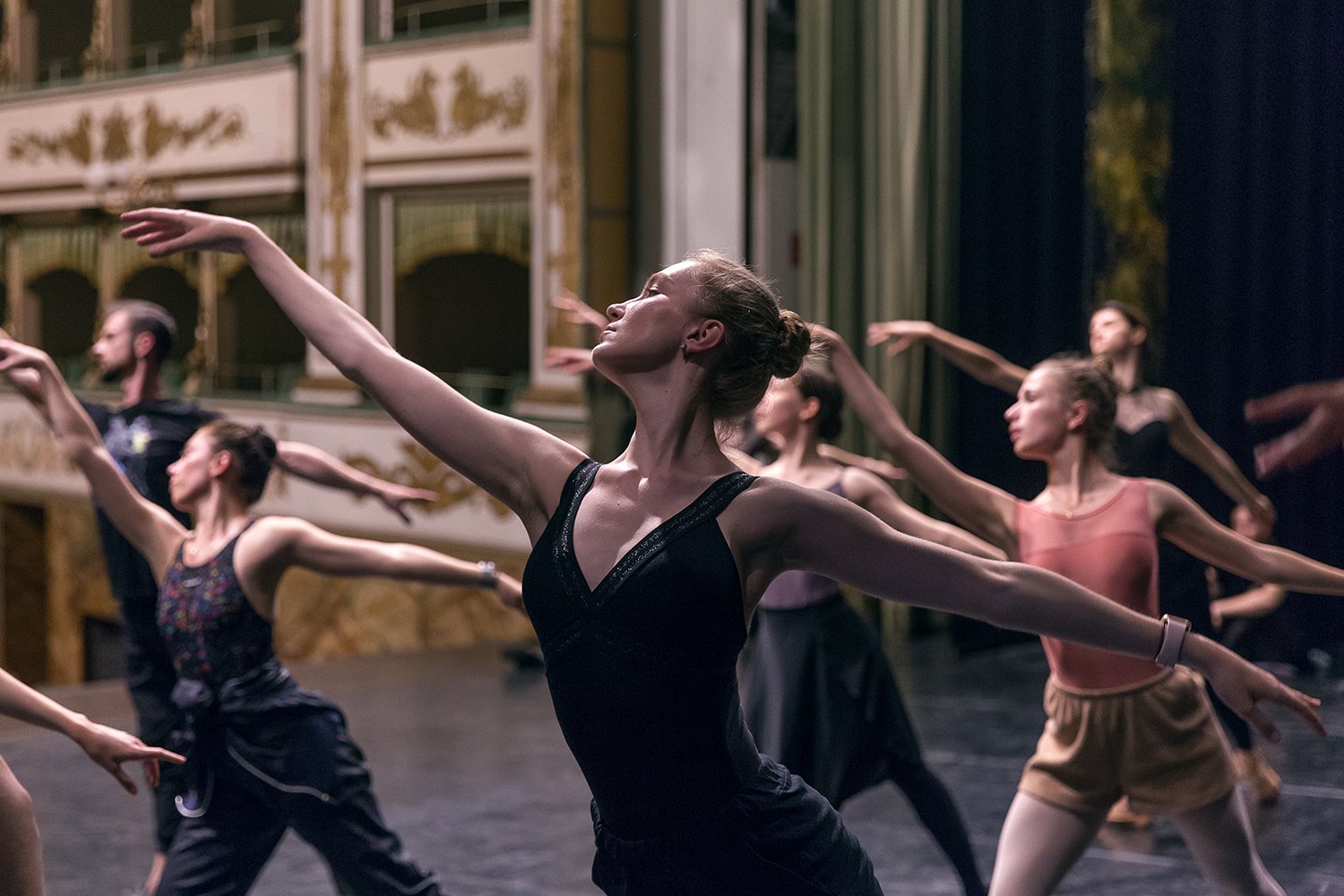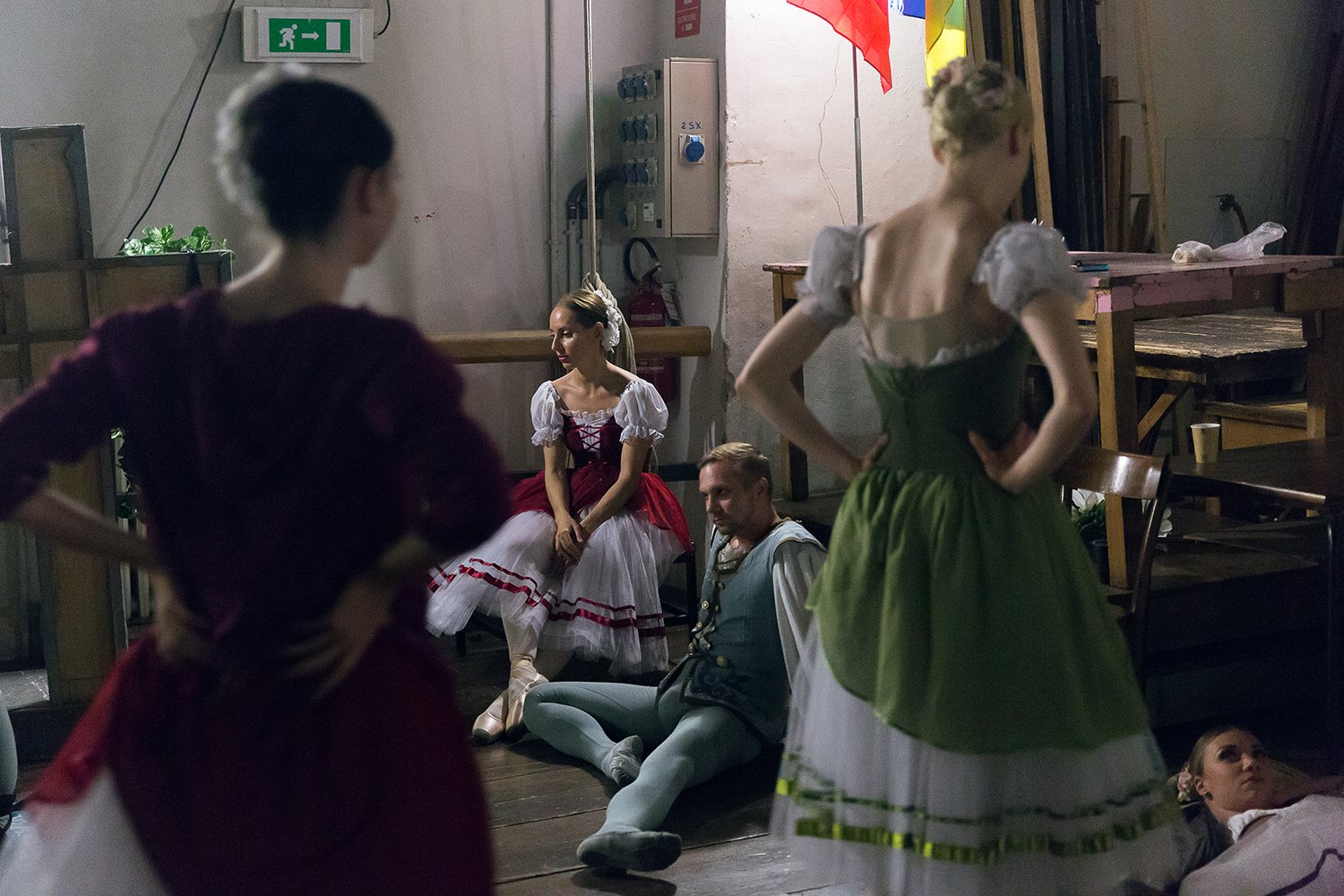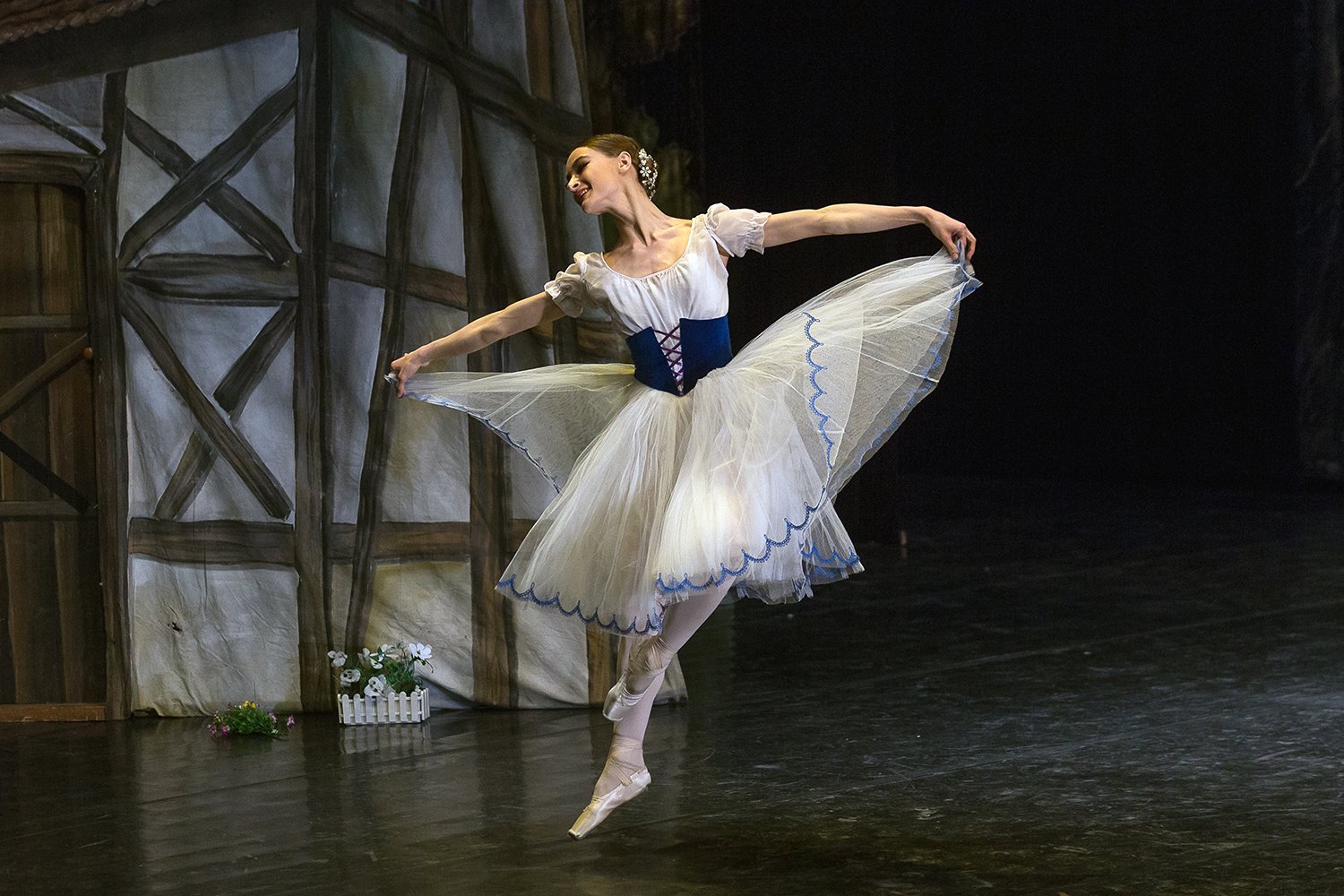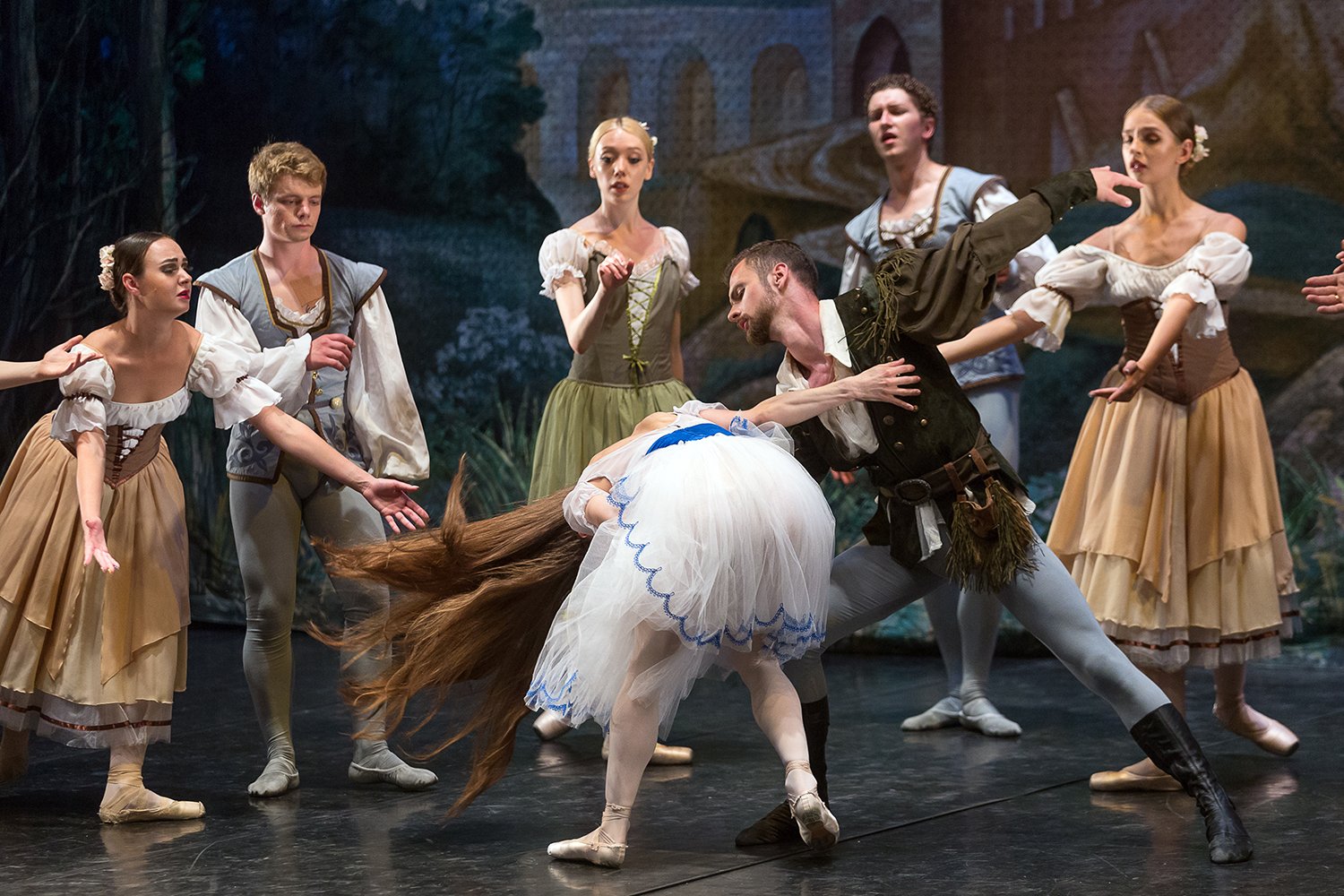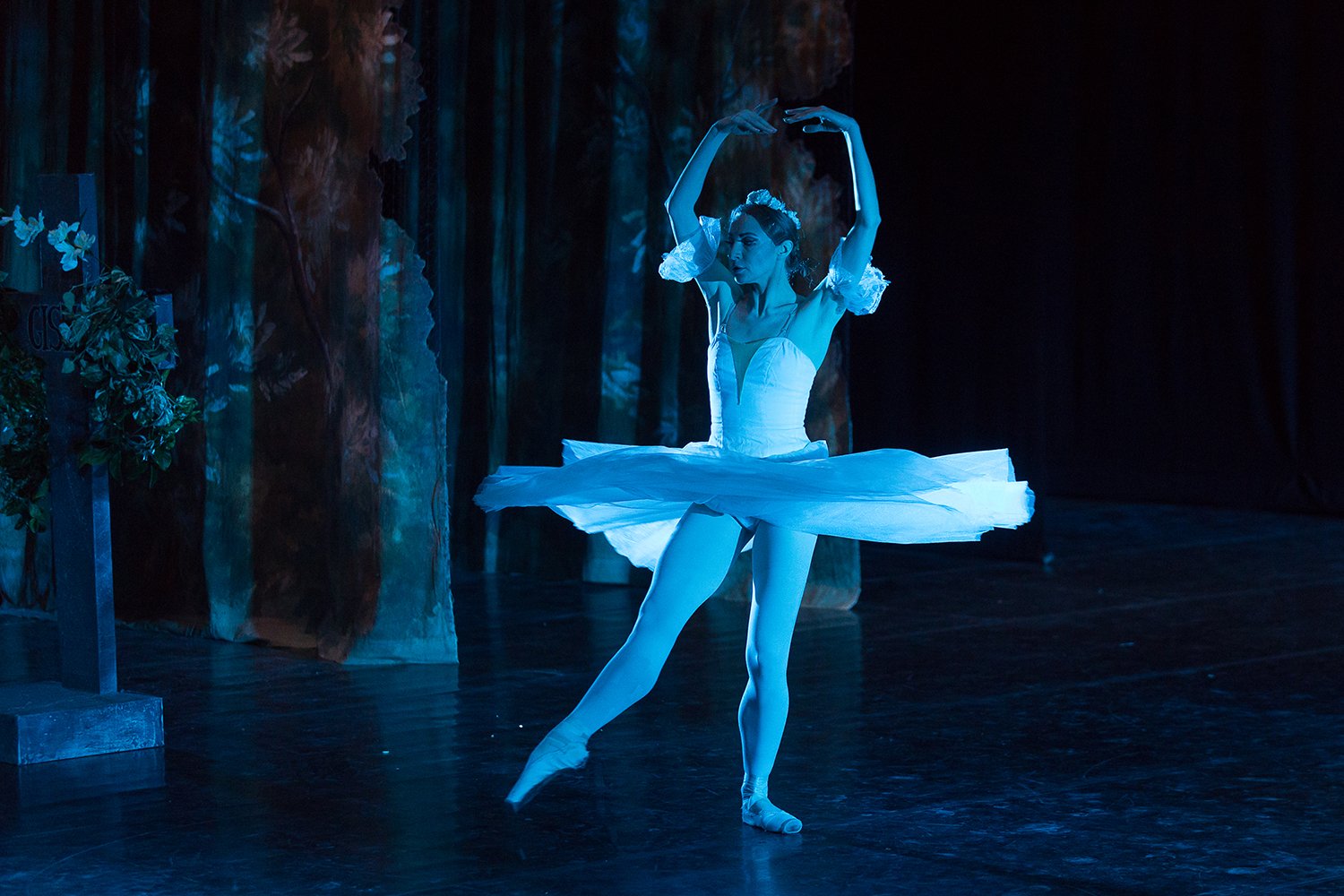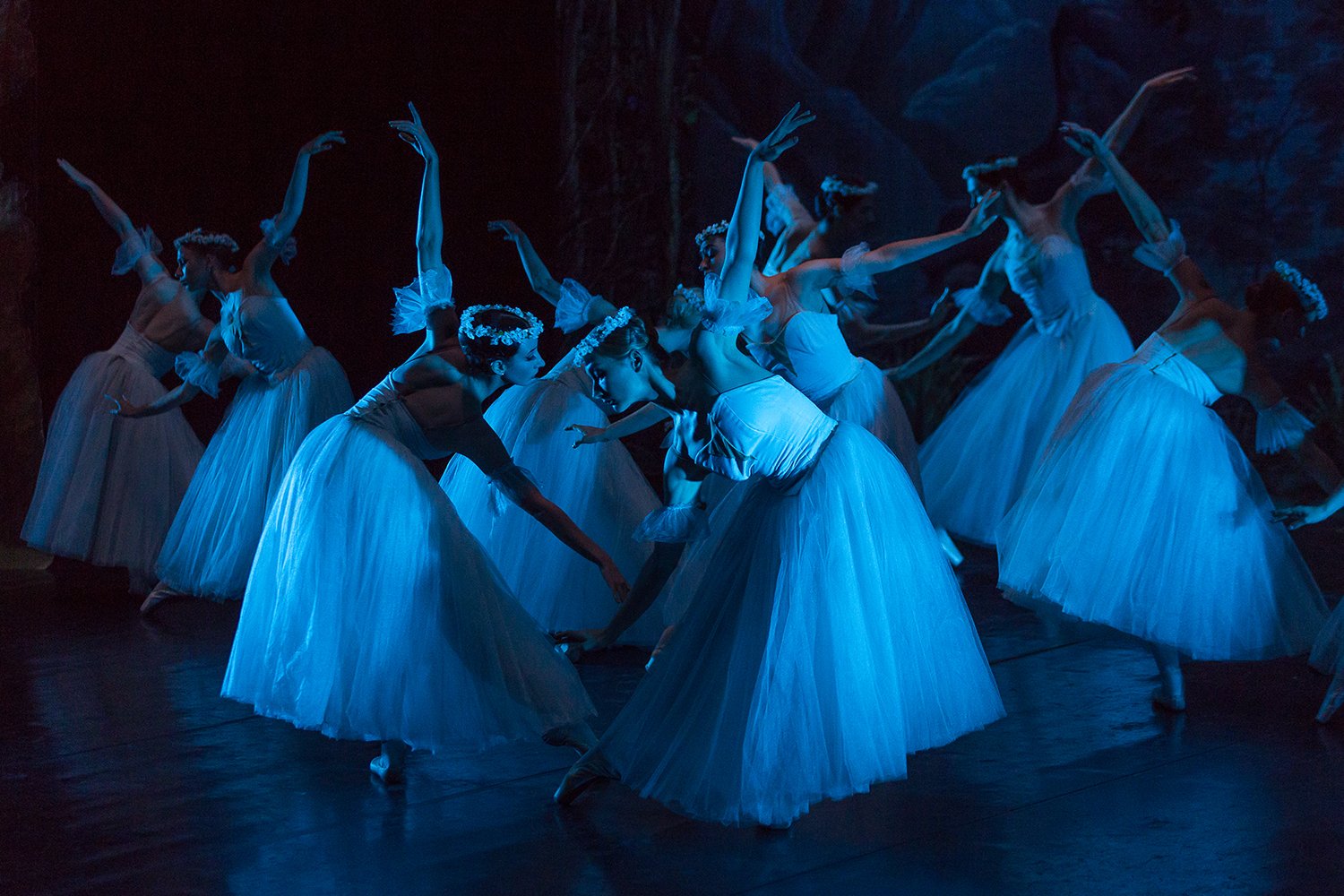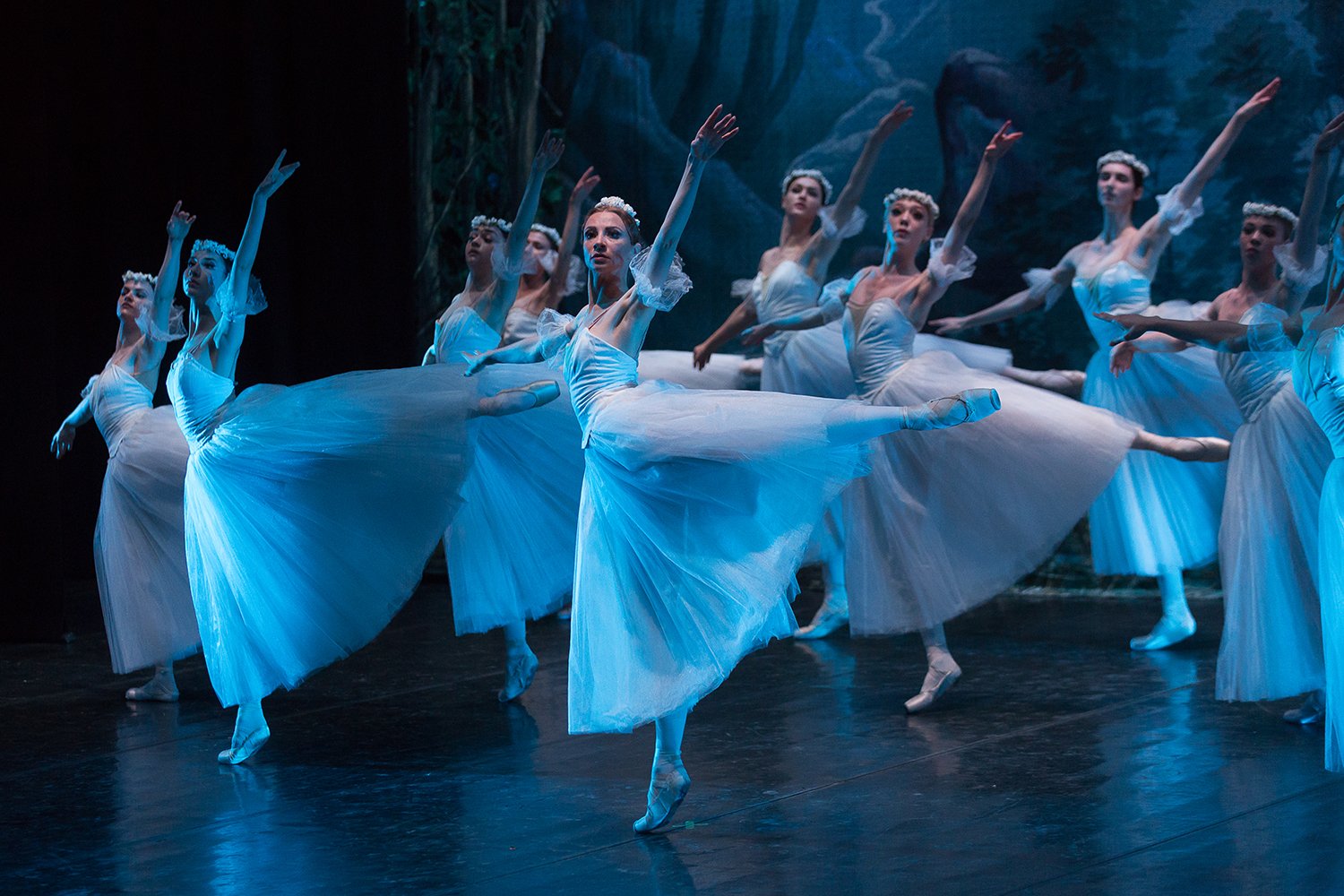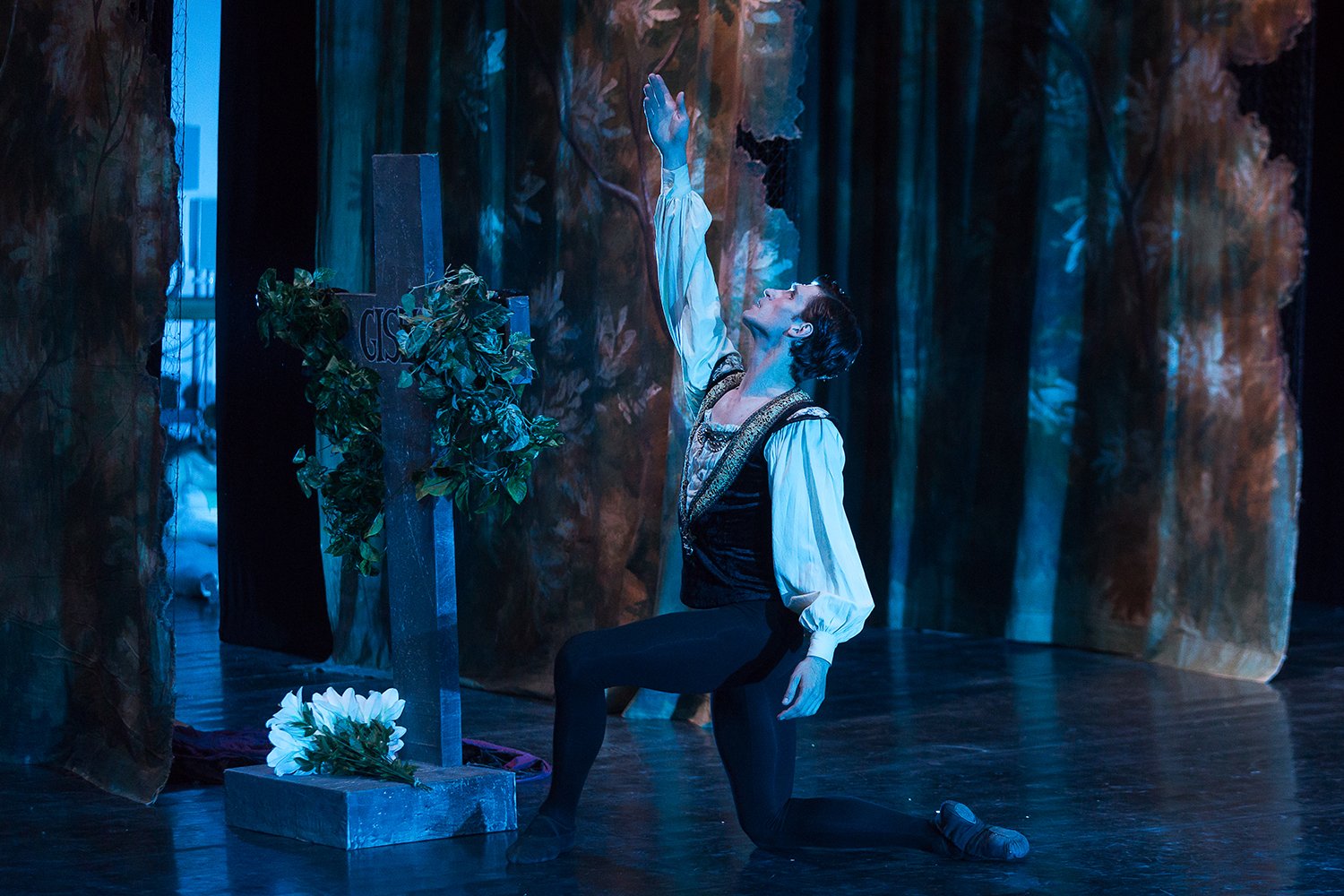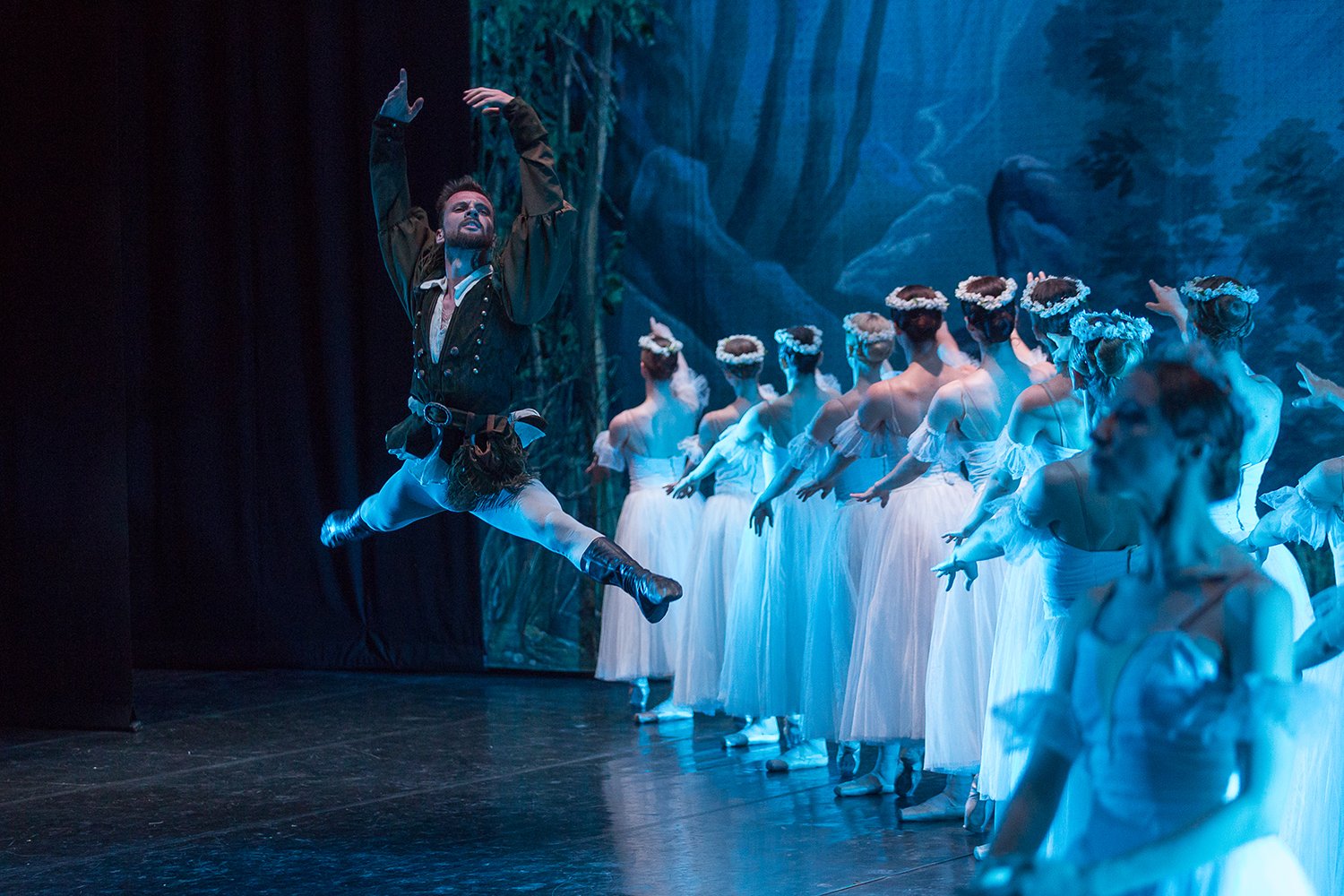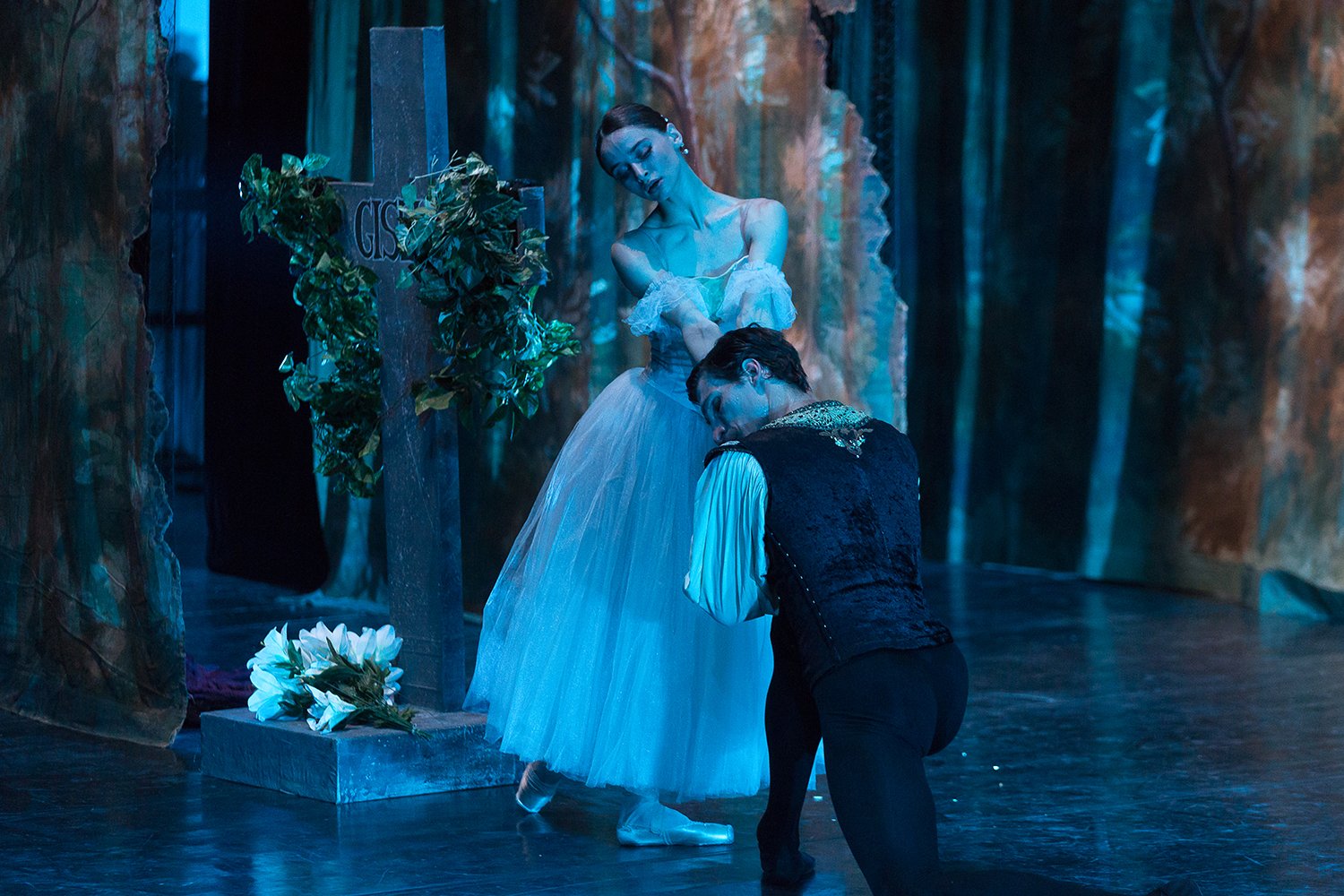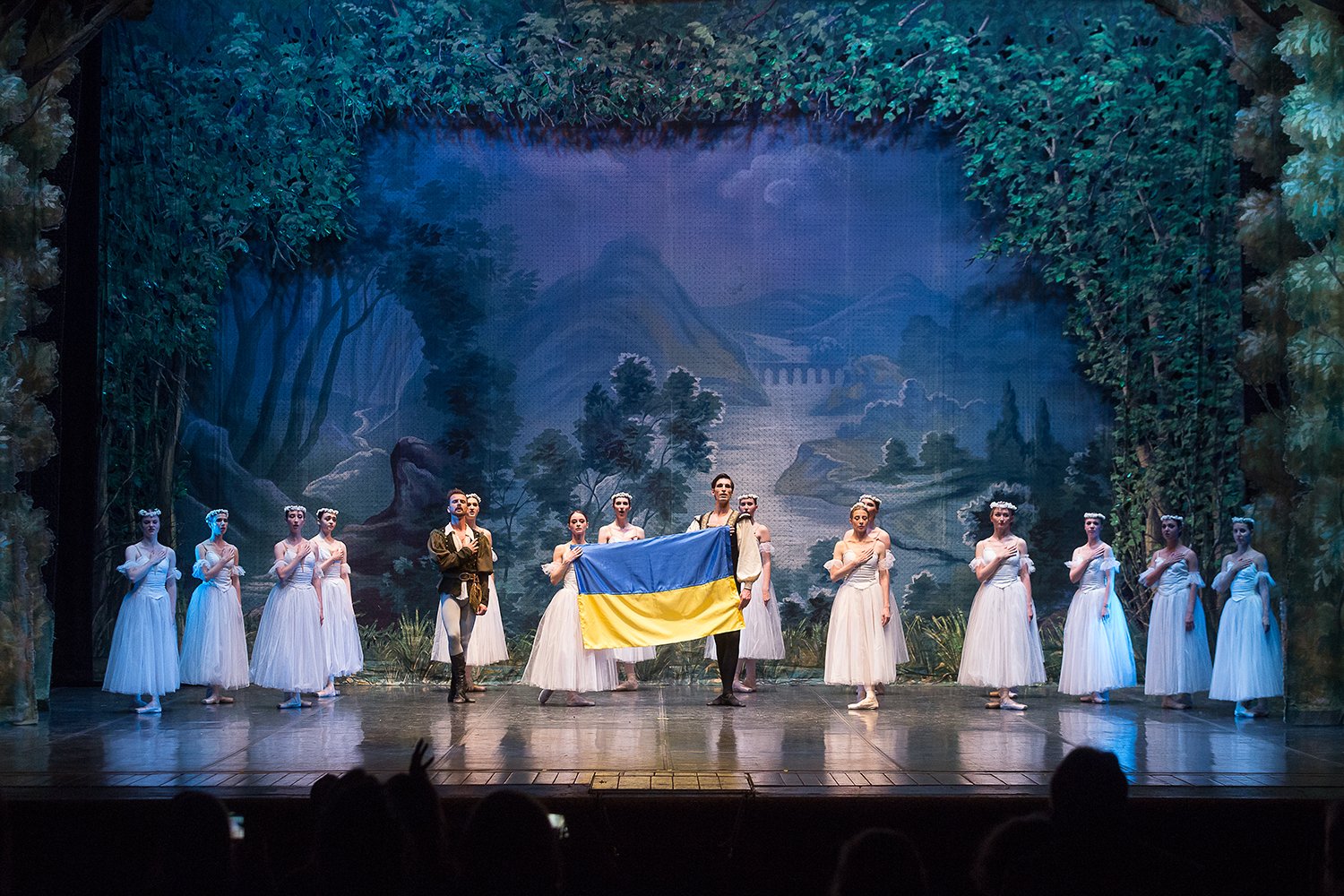Show me the kitten / or the ravenous machine (—, 2024)
Di seguito una anteprima di questo mio ultimo lavoro, ancora in corso.
Abstract
Questo progetto indaga la "fame insaziabile" di dati dell'intelligenza artificiale (I.A.), addestrata tramite etichettamenti e descrizioni di questi dati, spesso svolti inconsapevolmente o in maniera apparentemente innocua dagli utenti di Internet.
Attraverso fotografie, frame video e immagini generate con l'I.A., ho esplorato come i sistemi pensati per la sicurezza degli utenti e dei servizi del web (come ad esempio i reCAPTCHA) contribuiscono a migliorare i sistemi di I.A., anche in ambito militare, generando un corto circuito fra ciò che avrebbe una finalità di protezione e sicurezza e ciò che invece sfrutta le abilità umane per allenare questa tecnologia; fra ciò che serve per riconoscere un essere umano da un bot e ciò che invece aiuta i bot a imitare gli esseri umani, in maniera sempre più accurata e allarmante.
Da tutto questo emergono criticità sull'etica, la trasparenza, lo sfruttamento inconsapevole delle persone e il nostro futuro.
Presentazione integrale
Questo progetto indaga l'inesauribile fame di dati da parte dell'intelligenza artificiale (I.A.) e la sua necessità di essere addestrata, tramite etichettamenti e descrizioni di questi dati, ripetute milioni di volte da lavoratori sottopagati oppure dalle attività svolte online dagli utenti di Internet, spesso a loro insaputa.
Questo lavoro – composto da fotografie originali, fotografie d’archivio, frame di videogame, frame di video dal punto di vista dei droni da guerra e immagini generate – esplora il modo in cui l’I.A. si nutre di queste informazioni, anche in modo subdolo, ad esempio attraverso il cosiddetto CAPTCHA (Completely Automated Public Turing-test-to-tell Computers and Humans Apart, ossia test di Turing pubblico e completamente automatico per distinguere computer e umani), che richiede all'utente che si collega online ad un sito o un servizio di scrivere quali siano le lettere o i numeri presenti in una sequenza, spesso distorta o offuscata sullo schermo, che in teoria non sarebbe riconoscibile da un sistema automatizzato (o bot).
Nelle versioni successive e più avanzate, come il reCAPTCHA, si è iniziato a chiedere agli utenti, in modo apparentemente innocuo, di identificare oggetti all’interno di immagini, come automobili, segnali stradali, semafori, persone o animali che, oltre a riconoscere se l’utente è un essere umano, forniscono informazioni utili per addestrare sistemi di intelligenza artificiale (1), migliorandone la capacità di riconoscere e comprendere il contenuto visivo. Va da sé che queste informazioni, ripetute innumerevoli volte ogni giorno in tutto il mondo, possono rappresentare una risorsa importante anche per migliorare tante tecnologie basate sull’I.A., come i sistemi di guida autonoma di alcuni modelli di automobili, ma anche di tecnologie militari impiegate in guerra. I droni - diventati una delle armi principali nella guerra in Ucraina - in particolare i modelli aerei più avanzati, possono imparare a muoversi autonomamente, a riconoscere gli ostacoli da evitare, ma anche i bersagli da colpire.
Negli anni passati è emerso come alcune multinazionali, che hanno investito maggiormente nella ricerca in questo settore, abbiano iniziato a collaborare con il Dipartimento della Difesa Americano (2,3) per ottimizzarne gli strumenti e le tecnologie. Il “Project Maven” di Google provocò molte critiche e preoccupazioni da parte degli stessi dipendenti, fino a spingere l’azienda ad abbandonarlo. Il progetto però non morì, ma si limitò a passare ad altri appaltatori (4).
Le immagini di questo lavoro mirano a dimostrare che l'atto di garantire la sicurezza degli utenti e dei servizi online, fornendo informazioni, è parte di un meccanismo più grande, in cui la privacy e la consapevolezza degli utenti sono spesso trascurate. Questo sistema genera un corto circuito fra ciò che avrebbe una finalità di sicurezza e ciò che invece sfrutta le abilità umane per addestrare una I.A.; fra ciò che serve per riconoscere un essere umano da un bot e ciò che invece aiuta i bot a imitare gli esseri umani in maniera sempre più accurata e allarmante.
Questo progetto si interroga su questioni come la trasparenza, l'etica e il futuro dell'interazione tra umani e macchine, invitando lo spettatore a riflettere sul ruolo inconsapevole che ciascuno di noi gioca nell'alimentare l'intelligenza artificiale.
1 By Typing Captcha, you are Actually Helping AI’s Training (apnews.com)
2 Google Is Helping the Pentagon Build AI for Drones (theintercept.com)
3 Google is quietly providing AI technology for drone strike targeting project (gizmodo.com)
4 In Ukraine, New American Technology Won the Day. Until It Was Overwhelmed (nytimes.com)
Show me the kitten / or the ravenous machine (—, 2024)
Below is a preview of my latest work, still in progress.
Abstract
This project investigates artificial intelligence's (A.I.) 'insatiable hunger' for data, trained by labelling and describing this data, often carried out unknowingly or seemingly innocuously by Internet users.
Through photographs, video frames, and images generated with A.I., I explored how systems designed for the security of web users and services (such as reCAPTCHAs) contribute to improving A.I. systems, even in the military sphere, generating a short circuit between what is supposed to be for protection and security purposes and what instead exploits human skills to train this technology; between what is used to recognise a human being from a bot and what instead helps bots to imitate human beings, in an increasingly accurate and alarming manner.
From all this, critical questions arise about ethics, transparency, the unconscious exploitation of people and our future.
Presentation
This project investigates artificial intelligence's (A.I.) inexhaustible hunger for data and its need to be trained, by labelling and describing this data, repeated millions of times by underpaid workers or by the online activities of Internet users, often without their knowledge.
This work - consisting of original photographs, archive photographs, video game frames, video frames from the perspective of war drones and generated images - explores how the I.A. feeds on this information, even in a devious way, for instance through the so-called CAPTCHA (Completely Automated Public Turing-test-to-tell Computers and Humans Apart), which requires the user connecting online to a site or service to write down what letters or numbers are present in a sequence, often distorted or blurred on the screen, that in theory would not be recognisable by an automated system (or bot).
In later and more advanced versions, such as reCAPTCHA, users began to be asked, in a seemingly innocuous way, to identify objects within images, such as cars, traffic signs, traffic lights, people or animals, which, in addition to recognising whether the user is a human being, provide useful information for training artificial intelligence systems (1), improving their ability to recognise and understand visual content. It goes without saying that this information, which is repeated countless times every day all over the world, can also be an important resource for improving many A.I. based technologies, such as the autonomous driving systems of certain car models, but also military technologies used in warfare. Drones - which have become one of the main weapons in the war in Ukraine - especially the most advanced aerial models, can learn to move autonomously, to recognise obstacles to avoid, but also targets to hit.
In past years, it has emerged how some multinationals, which have invested more in research in this area, have started to collaborate with the US Department of Defence (2,3) in order to optimise its tools and technologies. Google's 'Project Maven' provoked much criticism and concern from the employees themselves, to the point of pushing the company to abandon it. The project did not die, however, but merely passed on to other contractors(4).
The images in this work aim to show that the act of ensuring the security of users and online services by providing information is part of a larger mechanism in which users' privacy and awareness are often overlooked. This system generates a short circuit between what would serve a security purpose and what instead exploits human skills to train an A.I.; between what serves to recognise a human being from a bot and what instead helps bots to imitate humans in an increasingly accurate and alarming manner.
This project questions issues such as transparency, ethics and the future of the interaction between humans and machines, inviting the viewer to reflect on the unconscious role each of us plays in fuelling artificial intelligence.
1 By Typing Captcha, you are Actually Helping AI’s Training (apnews.com)
2 Google Is Helping the Pentagon Build AI for Drones (theintercept.com)
3 Google is quietly providing AI technology for drone strike targeting project (gizmodo.com)
4 In Ukraine, New American Technology Won the Day. Until It Was Overwhelmed (nytimes.com)





























